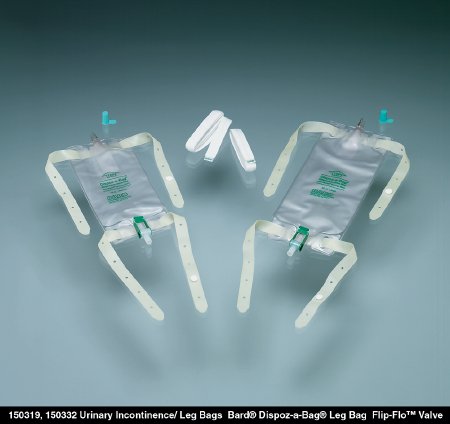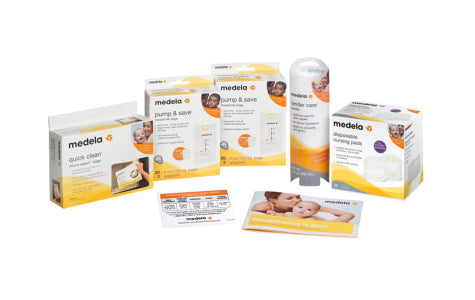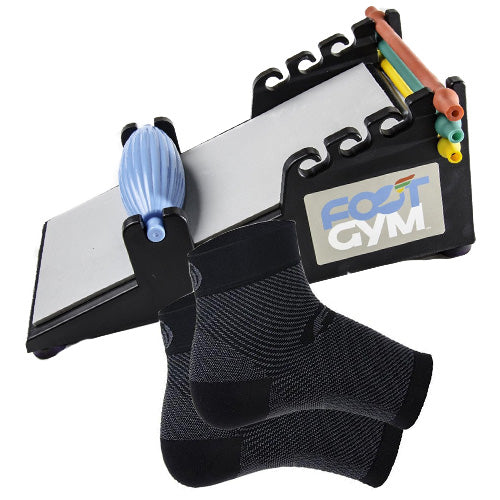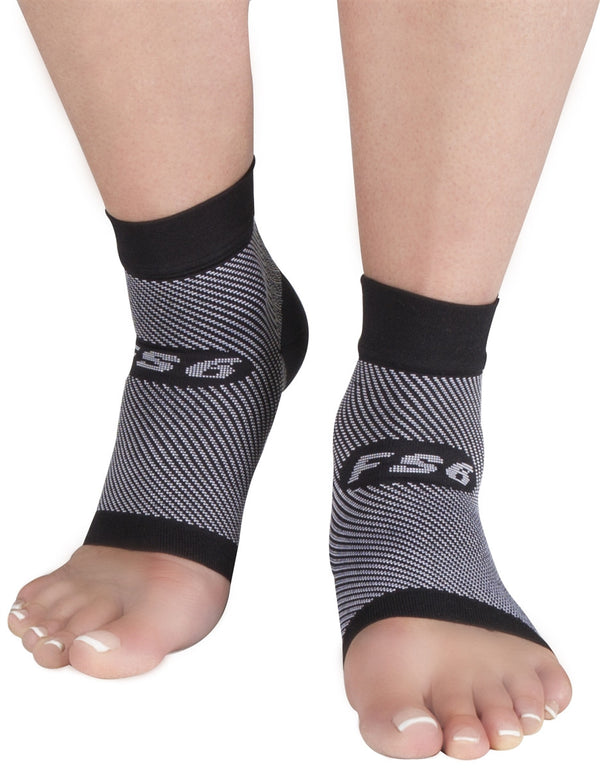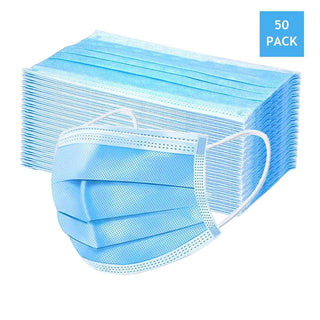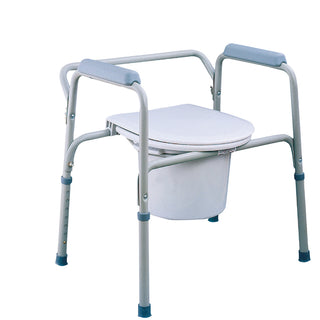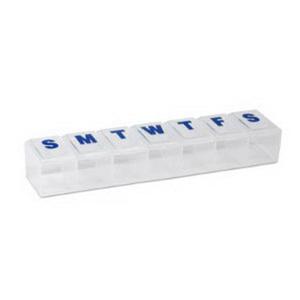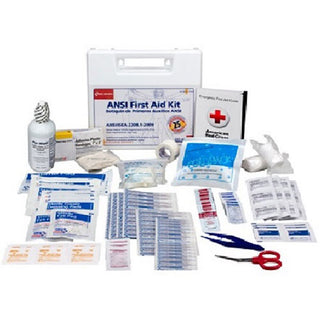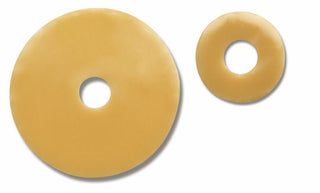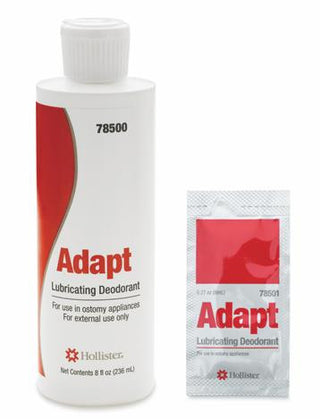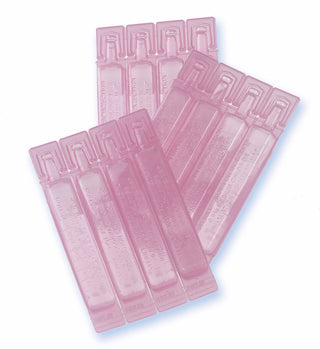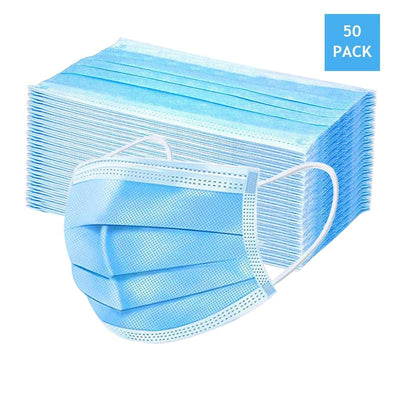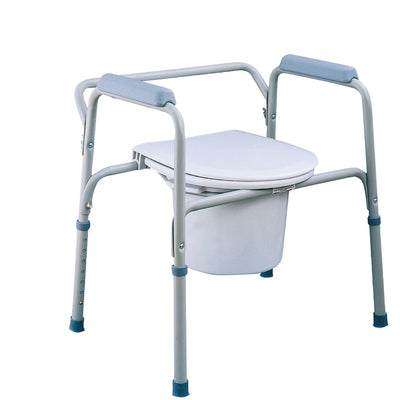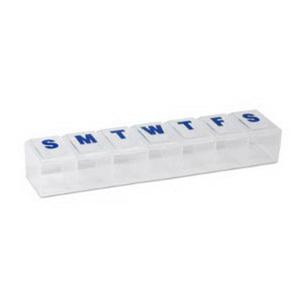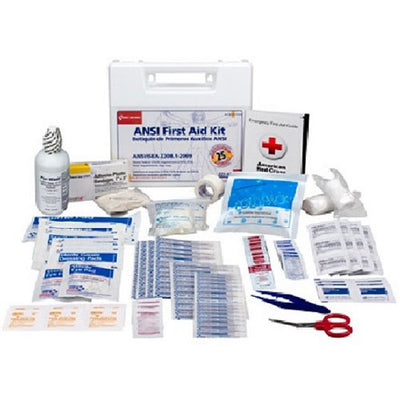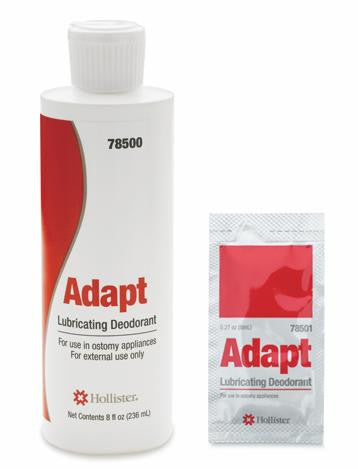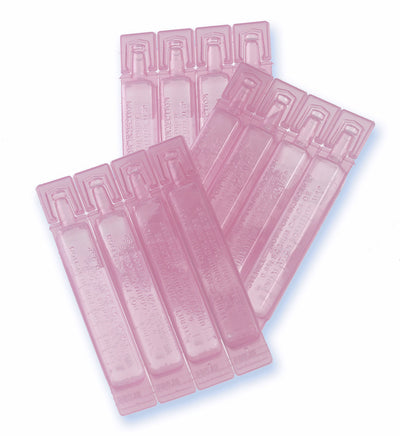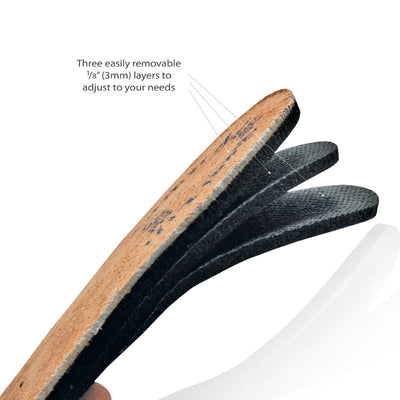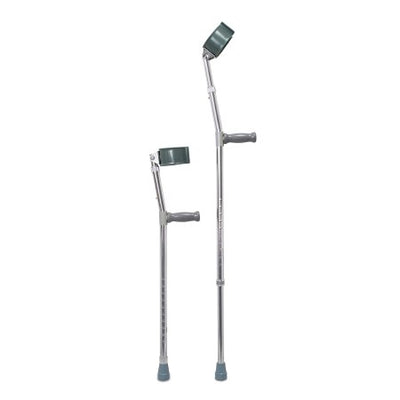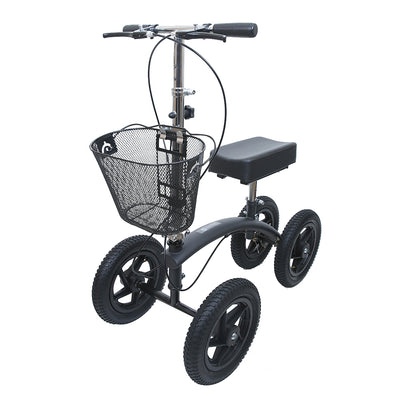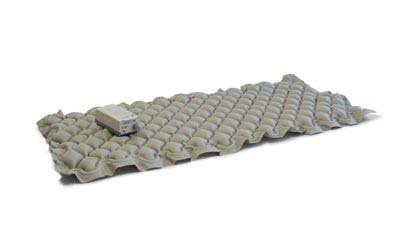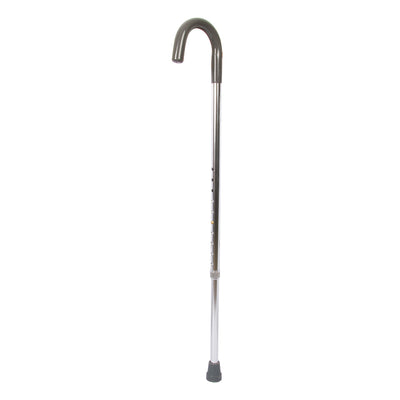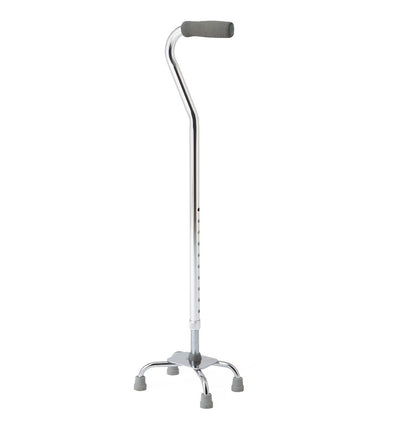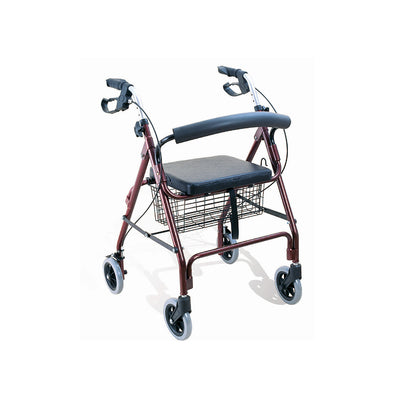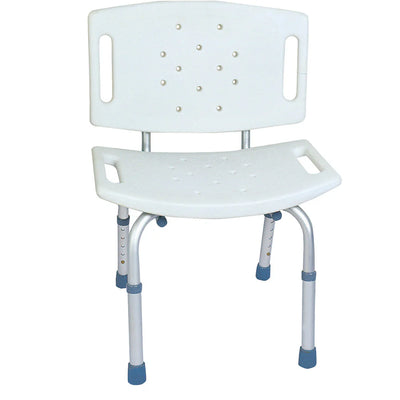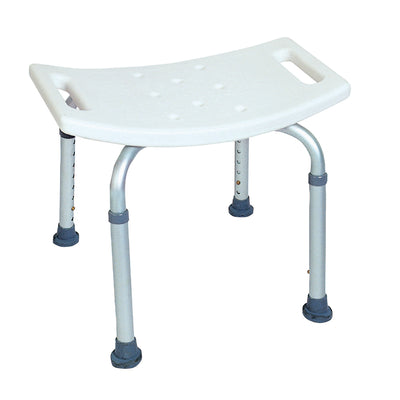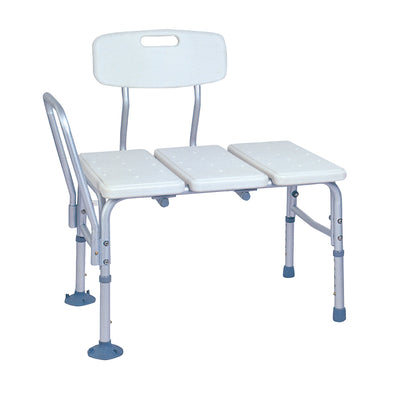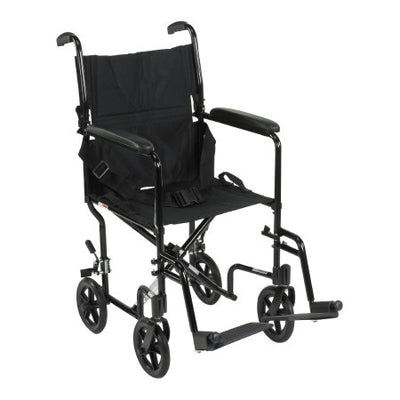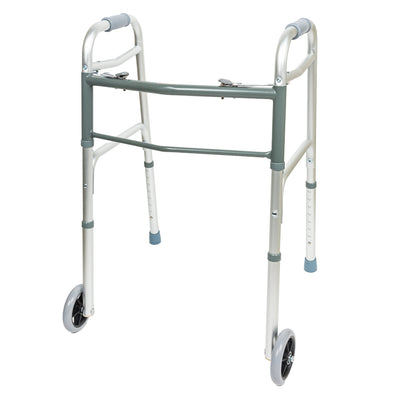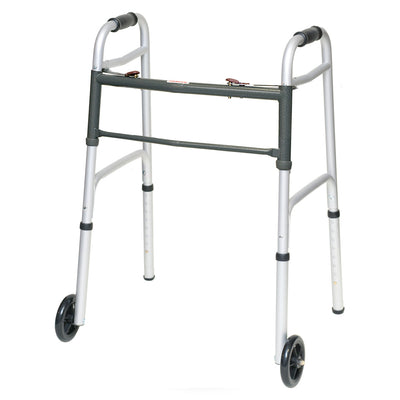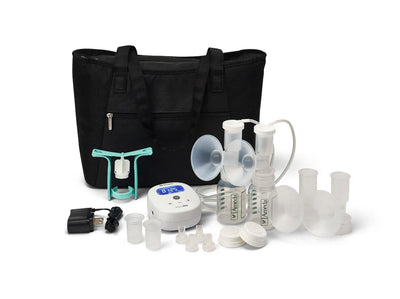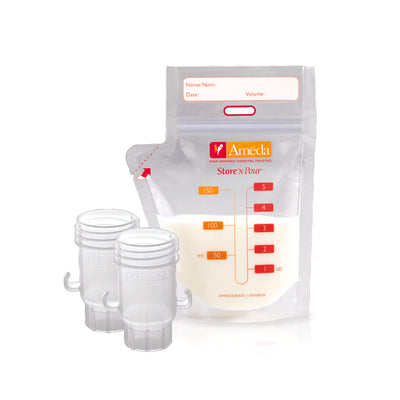Blog

A Brief Breakdown of the Recent Medicare Cuts For Durable Medical Equipment Plus What You Can Do About It
Medicare recently released an update that announced several cuts, changing the way the insurance will cover certain products and services. Durable medical equipment (DME) coverage is one of the many things that has changed. Durable medical equipment, including home safety aids, are covered by Medicare Part B that is necessary...
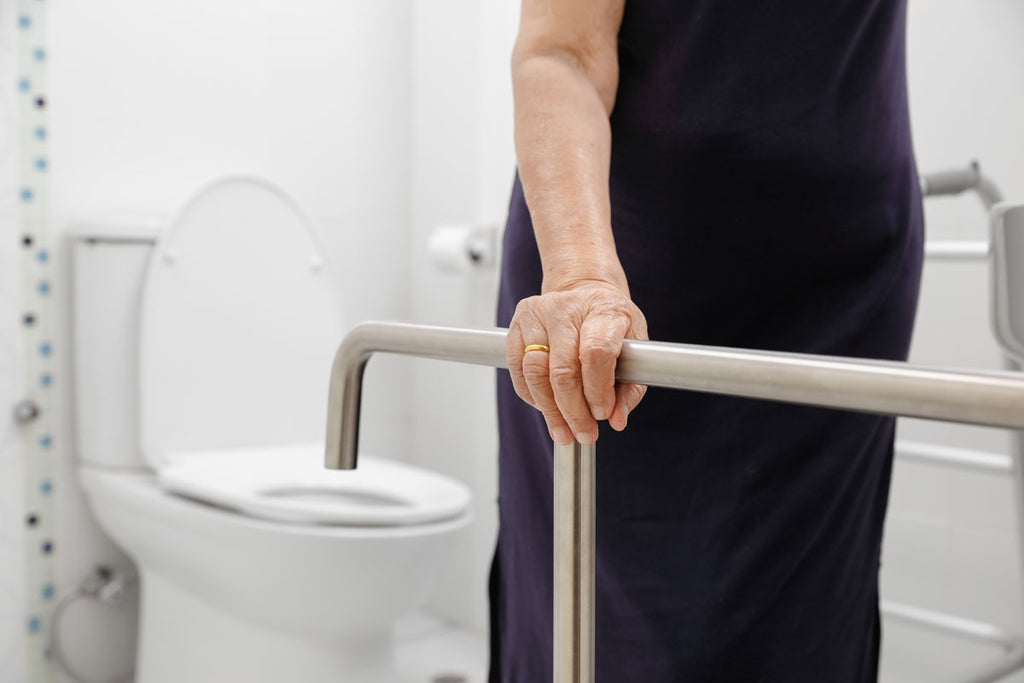
5 Products That Can Help Make the Bathroom Safer For the Senior In Your Life
As we get older, basic, daily tasks get harder and harder to complete without assistance. The increase in the amount of people living longer and 'aging in place' is causing a growing concern for the safety of their homes. That's okay though because there are plenty of home safety aids...
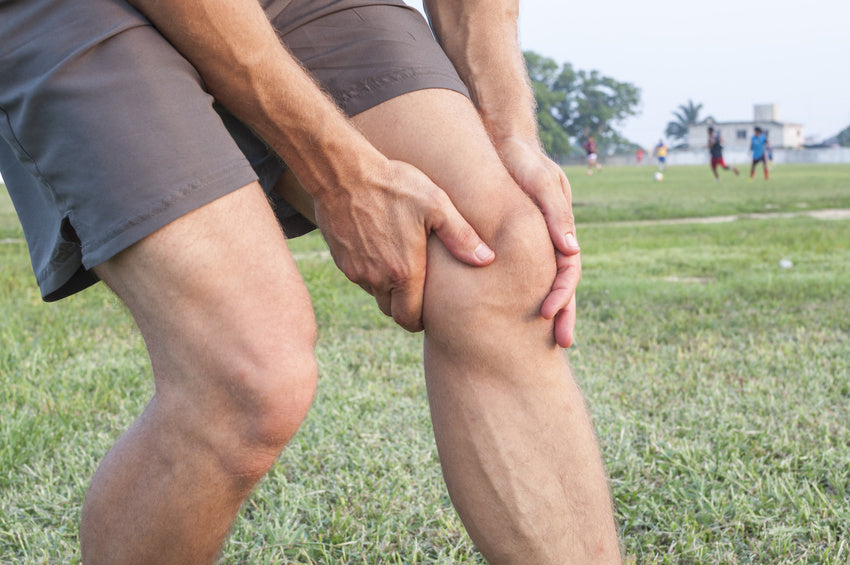
How Compression Sleeves Help Athletes in Recovery
This May marks both Arthritis Awareness Month and National Physical Fitness and Sports Month. While very different populations tend to suffer from arthritis and sports injuries, there is a type of medical bandage that can be very useful in treating both: compression stockings and sleeves.Compression sleeves are a type of...
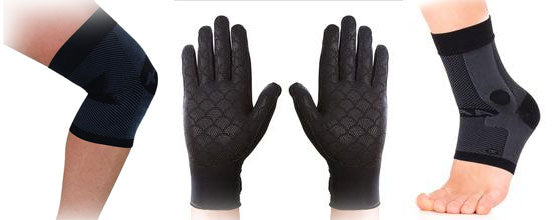
Compression Wear By Body Part
So, you know what compression is and you think you can benefit from their use, but you have no idea where to start. Well a good starting point is figuring out what type of compression gear is right for which parts of the body and what type of pain or...
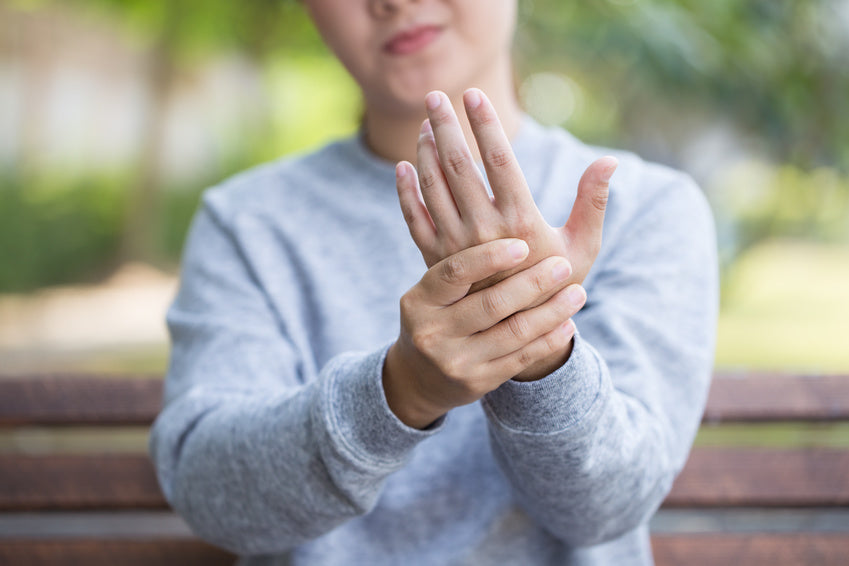
How Does Compression Actually Work For Arthritis?
Arthritis is one of the most common and debilitating causes of pain and disability around the globe. There are more than 350 million people suffering from arthritis worldwide. In the United States alone, there are roughly 40 million people with arthritis. Treatments like compression can help, and here's how. Provides...

4 Frequently Asked Questions Regarding Compression
Compression gear has been around for ages but it is a relatively new phenomenon in the athletic world. Until recently research has been lacking about compression, like with most things, once it gets popular people start to take notice. Today it is not uncommon to see professional athletes wearing compression...

5 Warning Signs You May Need Help With Mobility
Whether we like it or not, age can bring many lifestyle changes. Mobility is often one of those things. The Centers for Disease Control and Prevention estimates that 16.3% of American adults struggle with mobility, impacting their freedom and independence. In 2015, retail spending on durable medical equipment like contact lenses,...

Immobility Affects These 4 Bodily Systems the Most
Balancing, walking, and even standing can become very difficult when mobility declines. By 2010, 5.5 Americans lived to the age 85 or older. By 2050, this age group of people 85 and older is expected to grow to 19 million, or 5% of the population, according to the Institute of...
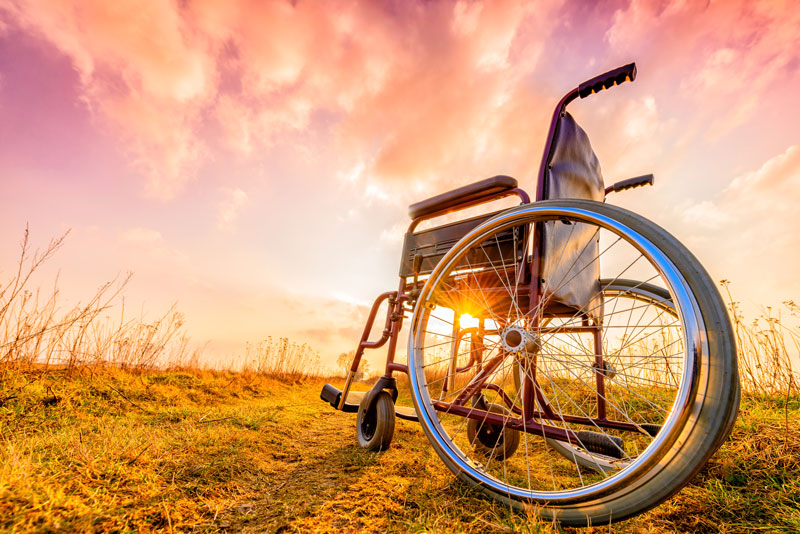
4 Complications Caused by Immobility on the Body
Immobility is the basic decline in the ability to get around. Balancing, walking, and even standing can become very difficult as mobility declines. By 2010, 5.5 million Americans lived to the age 85 or older. By 2050, this age group of people 85 and older is expected to grow to...
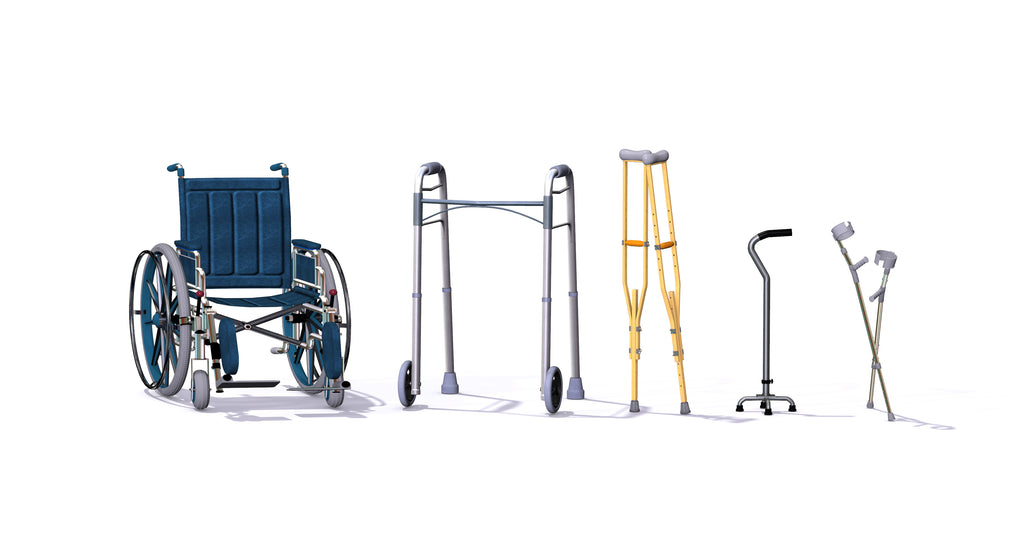
Lets Talk Mobility
There are many different mobility devices on the market and they are all designed to assist you in getting around. Whether it be for a temporary period of time or it is a long-term need, knowing what mobility device works best for you is important. Below is a short description...
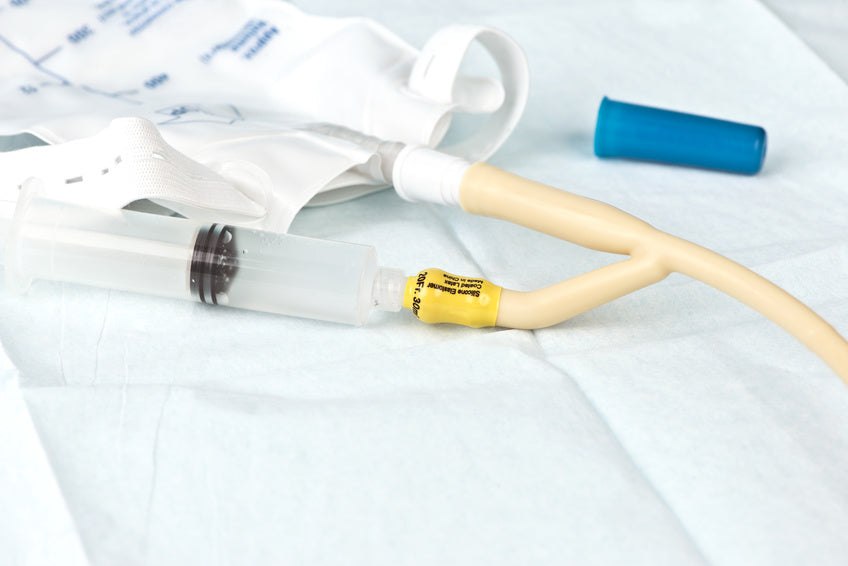
4 Signs You Might Be Experiencing Incontinence
Although it can be embarrassing, incontinence is a relatively common issue that occurs in all types of people for many different reasons. Incontinence occurs when you cannot control the leakage of urine from your urethra. When patients suffer from incontinence, they typically require the use of certain urological supplies. There are...
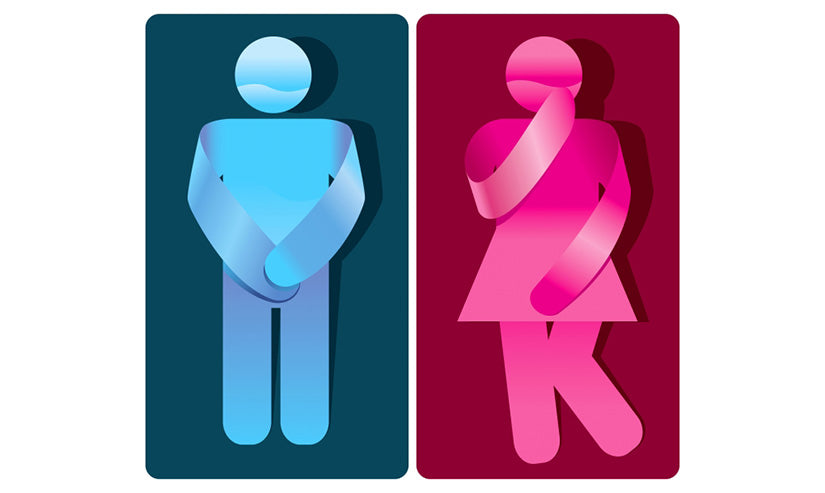
Medical Conditions That Cause Incontinence, Men Versus Women
What exactly is incontinence? Urinary incontinence is simply the loss of bladder control. This condition is relatively common, and it ranges in severity from occasional leaking to an uncontrollable release.When incontinence happens, urinary catheters are often involved. There are several different types of catheters, including intermittent catheters, indwelling catheters and...








